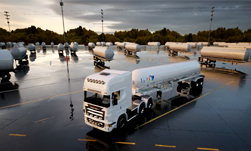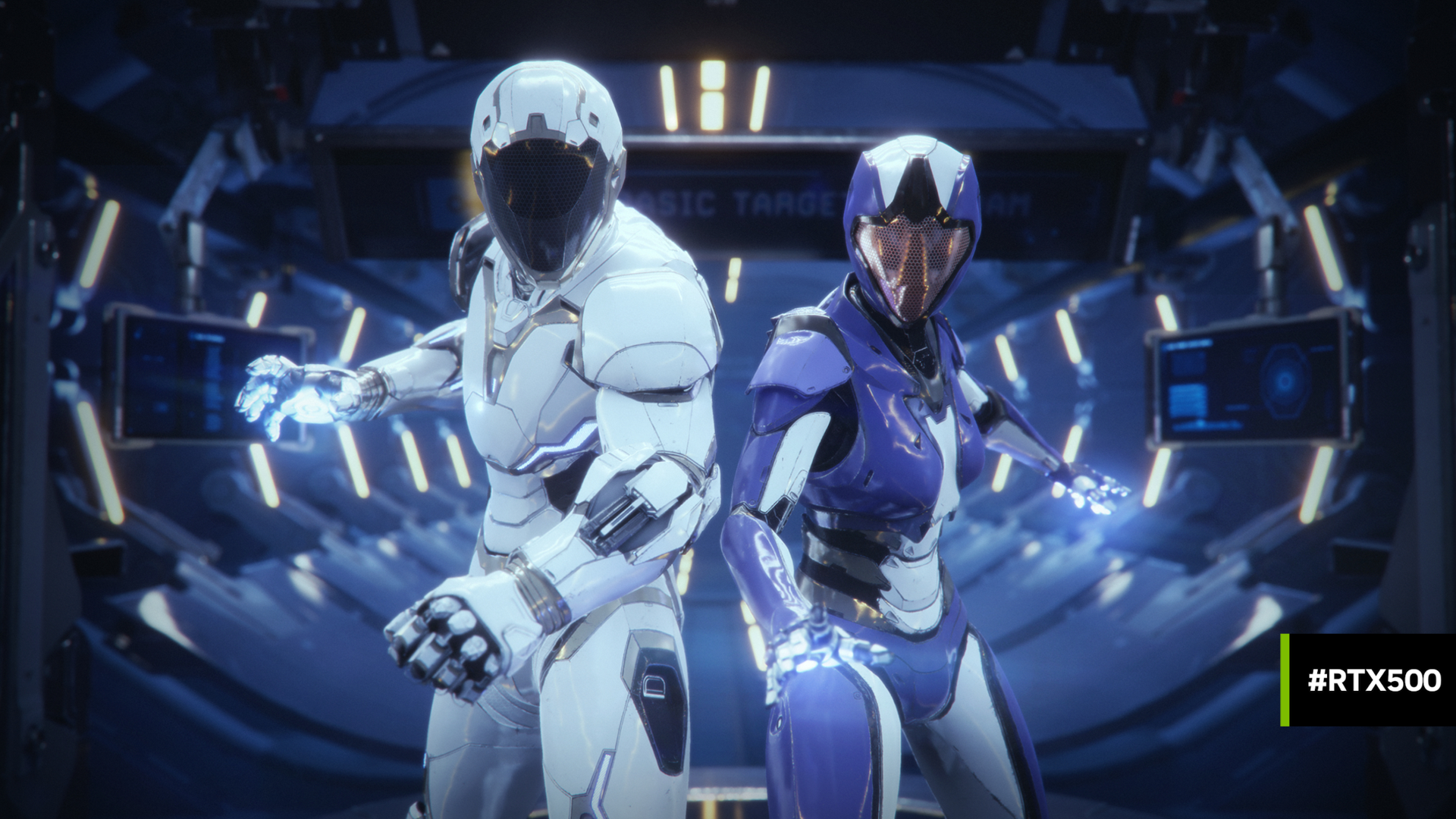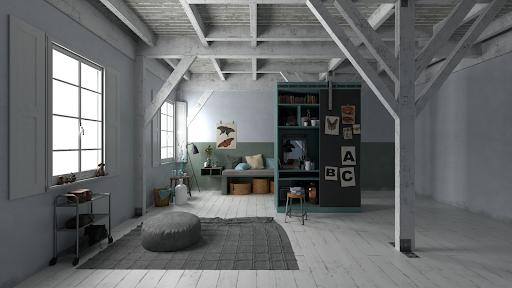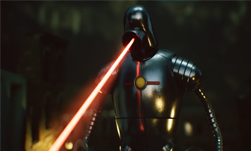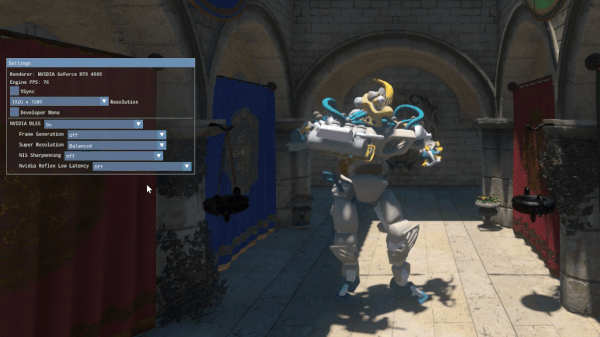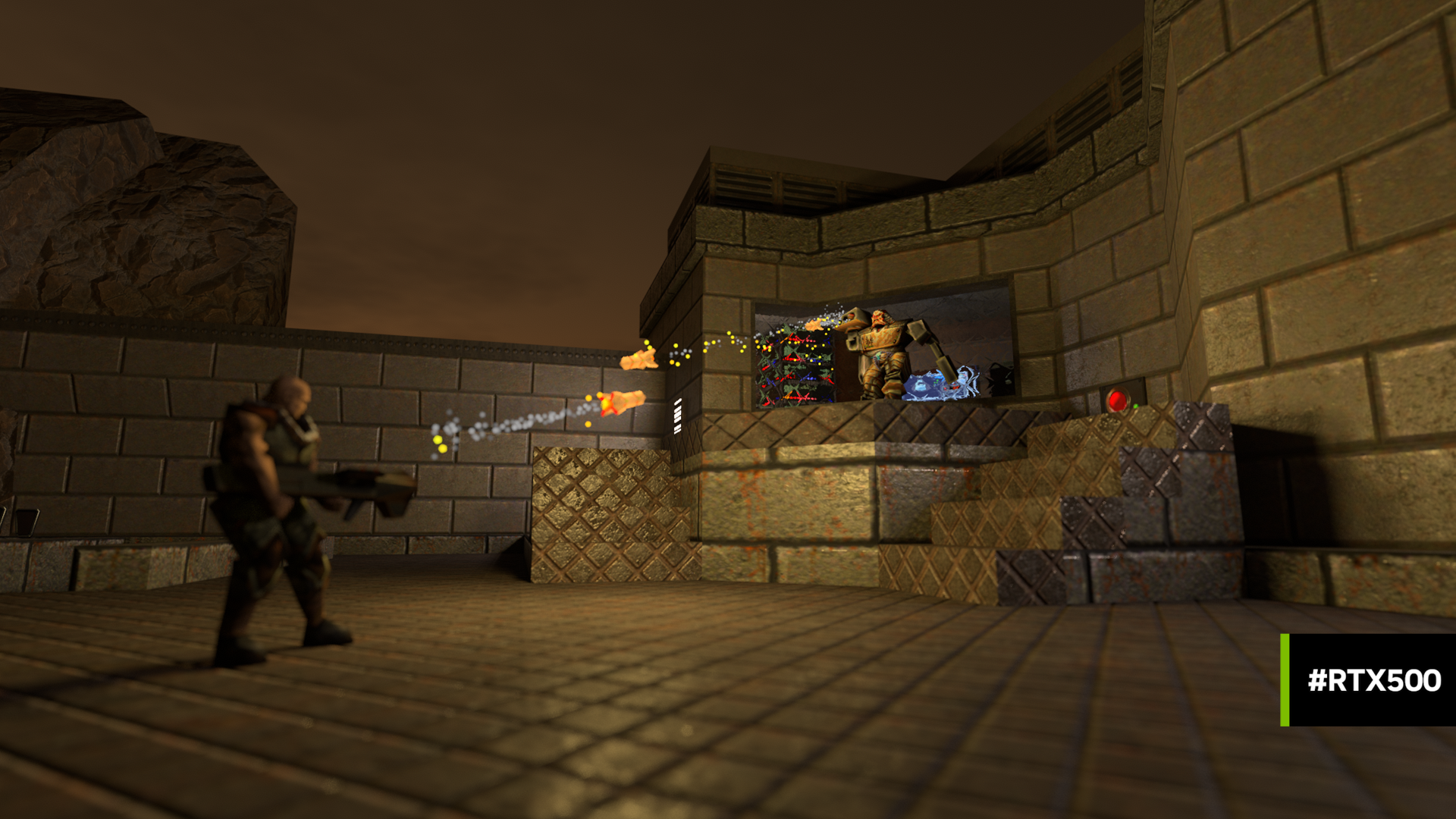Opus Visual, based in Houston, is a team of artists and engineers serving the architectural visualization market. Realistic rendering is critically important in this space; photorealistic simulations are quickly becoming the industry’s new standard. Real-time ray tracing allows Opus Visual to capture the look and feel of a real space without sacrificing interaction.
Rendering, not a photograph.
LP Trailer is the demo the team produced for 2019’s DXR Spotlight Contest. It’s a striking application of shadows, reflections, and global illumination within Unreal Engine 4.
We talked with Oguz Ormanci, Managing Director at Opus Visual, to get an idea of how they made a demo so real, you can practically smell the engine exhaust and feel the crisp morning air.
A photograph, not a render – of Oguz Ormanci, Managing Director at Opus Visual
NVIDIA: Is this the first work you’ve produced with real-time ray tracing?
Oguz Ormanci: No it’s not, we have quite a few real-time raytracing (RTR) works/demos, and we are continuously producing more work with RTR.
NVIDIA: What is the development team size for LP Trailer?
Oguz Ormanci: 5 people: Myself, Okan Eyup (Modeling and Texturing), Sertac Tasdemir (Lead Artist), Ratish CR (Modeling and Texturing), and Harvinder Singh (Studio Manager).
NVIDIA: How similar is this demonstration to an actual project you would build for a client?
Oguz Ormanci: We are still limited with performance/quality with real-time raytracing, but every day we are learning something new and we are slowly and steadily getting over the limitations we will soon be able to deliver more of our actual projects with RTR enabled.
NVIDIA: LP Trailer borders on photo-realism. How did you decide which DXR features to incorporate into the demo?
Oguz Ormanci: RTR gives us the luxury of having realtime dynamic GI/AO and reflections. As a team, we decided to enable these features on exterior scenes like LP Trailer. This pushes the image quality to photorealistic levels.
NVIDIA: How were you able to balance those computationally expensive features with performance?
Oguz Ormanci: GI, reflections, screen percentage, sample and bounce variables have been adjusted and optimized to provide acceptable frame rates on RTX 2080TI.
NVIDIA: How long did it take to develop the LP Trailer tech demo?
Oguz Ormanci: 3 weeks (but not full time for all 4 people in the LP Trailer DXR team)
NVIDIA: Did you experience any bottlenecks or challenges when incorporating real-time ray tracing into the demo? If so, how did you overcome them?
Oguz Ormanci: Optimizations. A small change on quality settings resulted in substantial performance drops. We spent a majority of the work hours in model LOD optimization and GI/Reflection optimization. Each setting was carefully checked through GPU stat, and optimized to give the best quality/performance ratio.
NVIDIA: What has been made easier for your team with the integration of real-time ray tracing into your pipeline?
Oguz Ormanci: Integrating RTR to our workflow has been a relatively easy process. It’s easy to see that it will help us to save time from the baking process… but the time saved from baking process gets spent on RTR settings and LOD optimization. However, with every new RTR we are getting more experienced and efficient with the optimization process.
NVIDIA: Would building an interactive ray-traced scene for architectural visualization be any different than doing the same for a video game?
Oguz Ormanci: Architectural/Product Visualisation and video games have different priorities. On visualisation projects, you cannot go below a certain LOD, otherwise the result will look different than the object that’s meant to be represented in the virtual world that you are creating. That’s why only in recent years has real-time rendering found its place in visualization industry.
NVIDIA: What tips would you provide to other developers new to real-time ray tracing?
Oguz Ormanci: Start from simple exterior scenes. It’s better to get familiar with the optimization process and parameters first rather than diving directly into complex scenes with RTR.
NVIDIA: What do you imagine the most difficult environments would be to simulate with ray tracing?
Oguz Ormancil: A deep forest scene with a river (with huge maxraydistance).
NVIDIA: What drew you to simulating trucks for this particular demo?
Oguz Ormanci: We created a VR demo for a midstream oil&gas company. The project never took off, but because the scene was already heavily optimized (because of VR) it was relatively easier for us to integrate RTR level design to it.
NVIDIA: How is real-time ray tracing changing your industry?
Oguz Ormanci: It saves a huge time from the baking, lightmapping and uvw layouts. Creates great looking and convincing results. It’s easy to see that with each new generation of RTX cards coming up in following years, pre-calculations like rendering/baking/lightmapping will be replaced with RTR. For each year we invest heavily on renewing old CPUs in our renderfarm. First time this year instead of CPU’s we have invested on GPU’s.
NVIDIA: If readers download the LP Trailer demo, what would you want to make sure they pay attention to?
Oguz Ormanci: dynamic lighting, reflections, ao and gi.
NVIDIA: What was your biggest personal learning from working on this project?
Oguz Ormanci: As a company we have invested a lot on r&d on DXR technology, we are now pretty confident that we have found workarounds for many limitations the technology currently has. Our biggest finding is that even though the technology is very limited right now this is the future and we will keep on investing into it.
You can keep up with Opus Visual’s work by checking out their website, www.opusvisual.com, following them on Facebook, www.facebook.com/OpusVisual, or watching their videos on Vimeo, www.vimeo.com/opusvisual.
